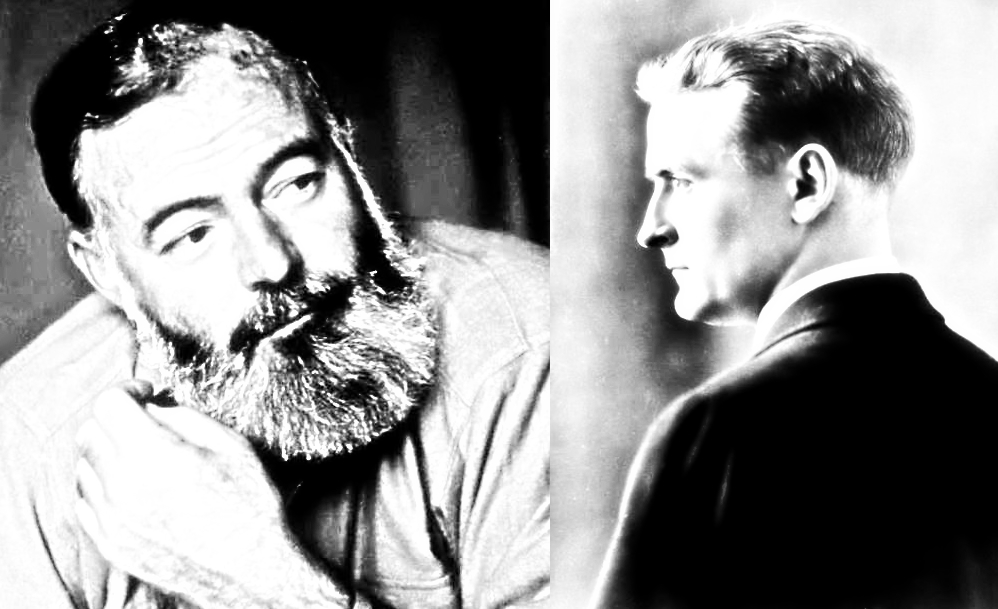When I hear “art for the sake of art,” I immediately think of Oscar Wilde and his approach to aestheticism (but I also like Oscar Wilde the critic so that’s why he probably comes to mind), and I also think about a sort of unabashed look at a piece of art, whether that be a painting or a piece of music, that is all about looking at the conventions of the work itself. Much of this is in the New Criticism philosophy, so for the purposes of this post, let’s look at New Criticism and its influence on texts using the ideas theorists have put forth.
What is New Criticism?
In looking at early works that employed the idea of “New Criticism,” we can look at I.A. Richards and William Empson’s attempts at understanding a text without using “the author, the reader, or the social context” that informed the work. Essentially, they were looking at the book itself, alone, for meaning. If we want to break down dates for the relevancy of this particular style of criticism, we can safely say that it was popular between 1941 and the late 1960s. In a later post, we will discuss T.S. Eliot, but he also made a contribution to New Criticism with his works “Tradition and the Individual Talent” in 1917, and “Hamlet and His Problems” in 1919 (britannica.com).
Why does it matter?
New Criticism is a form of “close reading” which allows the critic to examine the text without all the other, um, well, baggage, including its history, the author’s or the reader’s opinion. As stated by englishsummary.com: “It opposed the prevailing interest of scholars, critics, and teachers of that era in the biographies of authors, the social context of literature, and literary history by insisting that the proper concern of literary criticism is not with the external circumstances or effects or historical position of a work, but with a detailed consideration of the work itself as an independent entity” (englishsummary.com).
What does this mean?
New criticism examines “rhythm, meter, theme, imagery, metaphor,” and more in a given text by using “close reading.” “Close reading,” then, is the “careful, sustained interpretation of a brief passage of text,” in order to derive meaning. With all of this post coupled together, we can discern that New Criticism is a way to analyze aspects of a text (the conventions) through sustained reading that disregards an author’s authority, the reader’s presuppositions, and the social history of the text (where and when it came from).
Works Cited
https://www.britannica.com/art/New-Criticism
New Criticism in Literature; Characteristics & Examples
https://en.wikipedia.org/wiki/Close_reading







